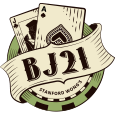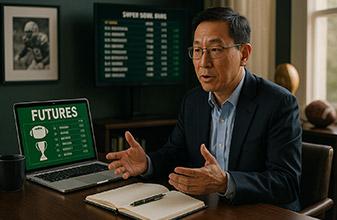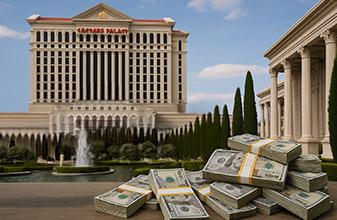You are very confused
Maybe you really believe you invented it but I know people who played it in Nevada in the 50s!
I've no idea what you are talking about exactly-but I know that there were not legions of advantage players systematically ordering the cards in order to obtain a reliable prediction of the card sequences in the subsequent deck. Card sequencing itself, of which this method is a derivation, was not formally discovered until many years later.
You are talking about some voodoo or cheating method I imagine.
This suggests strongly that you have not read the chapter-I can't seriously believe you could be ignorant of the fact this is a shuffle-tracking method after having read it.
Real players all laughed up their sleeves when Lance Humble claimed dealers were cheating this way because we all new it would be a huge edge for the player if the dealer did this.
Yes, that Humble was a moron.
My understanding of the cheating hi-lo stack method Humble wrote of is that is used in conjunction with the dealing of seconds. I have no idea how you think that gives the player a huge edge.
What is the edge?
That is a meaningless question unless you give me detail about a specific shuffle.
But, despite that, I offered some figures based on a generic shuffle. For example (pg 144) "If the shuffle is such that we arrange things so that we get the high card more than 20% of the time then we will have a 3.4% edge. Of course we can only order about half the cards owing to the number of dealer and cutoff cards, which we cannot control, so our edge is roughly half that" (ie 1.7%). Later on the page I refer to Wong's 46 & 71 strategy from Basic Blackjack which yields a .83% edge from partial hole-card prediction. If you add those figures together you get 2.53%, which I believe is a reasonable estimate from the gain from the method over a range of playable shuffles.
This figure does not include minimum bet losses incurred from ordering the deck.
What is the SD?
Single-deck.
Exactly which cards are big and which little?
The example presented makes is clear that aces and tens are high and others are low (pg 142).
What is the correct strategy if the dealer has a 2 up and a little in the hole?
Whatever the count tells you, or if you are not counting, use basic strategy. Its a waste of time memorizing numerous departures without perfect hole-card prediction.
How big a spread is required?
Depends. Some games exist where the cards can be ordered without misplays-then no bet spread is required. At the opposite extreme, where numerous minimum bettors are ordering cards as much as 12-1 would be needed to break even.
Again, the data is all there. The ceiling on card ordering misplays is about 10% x number of stackers. If the BP gains 2.5%, then you can do the math and work it out.










